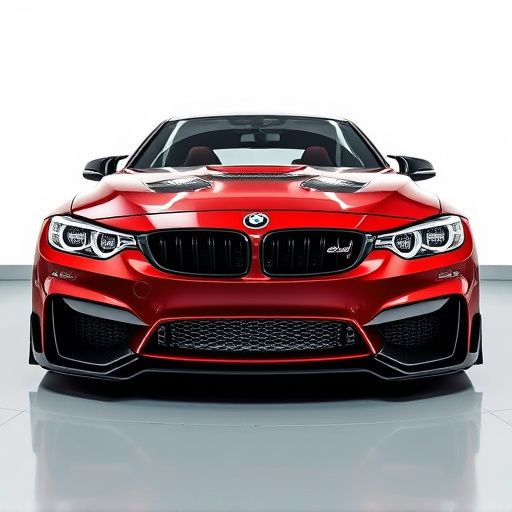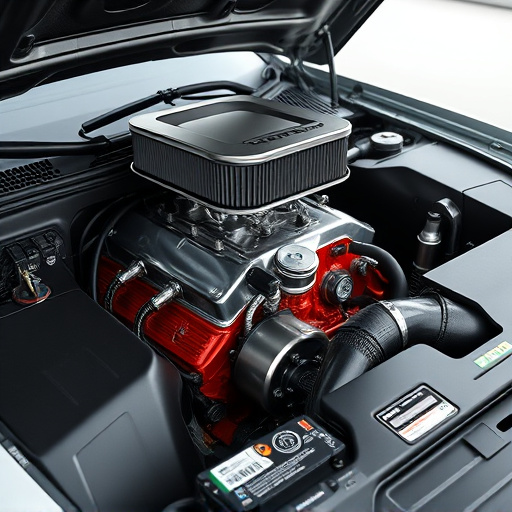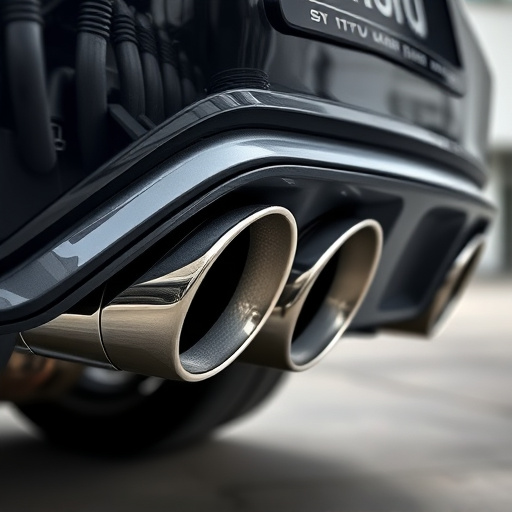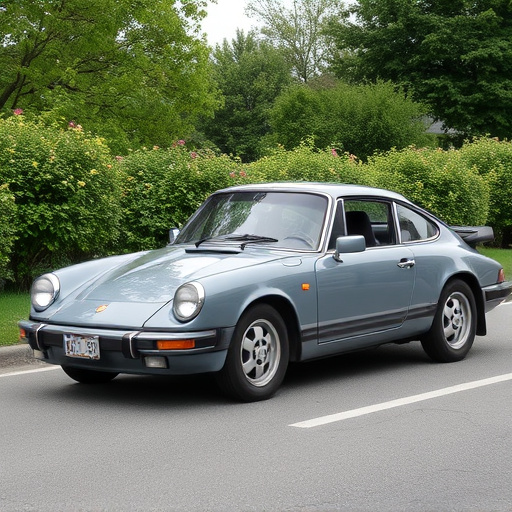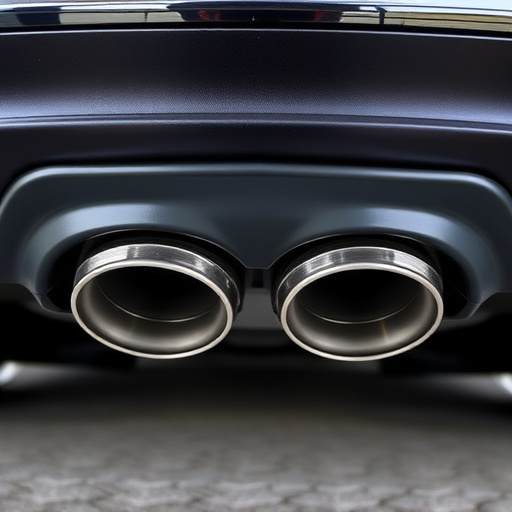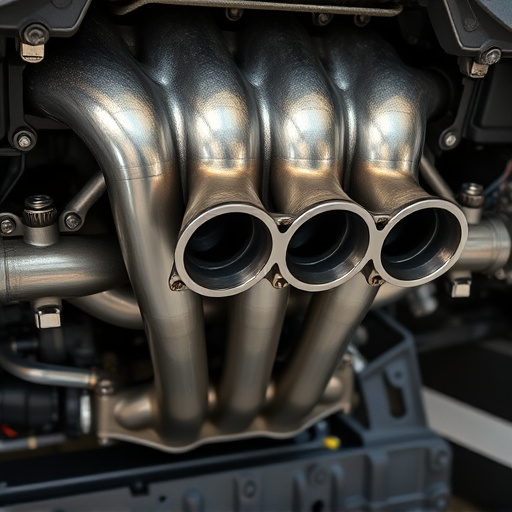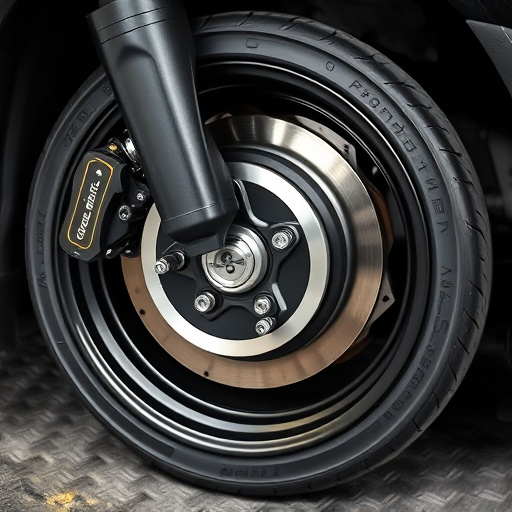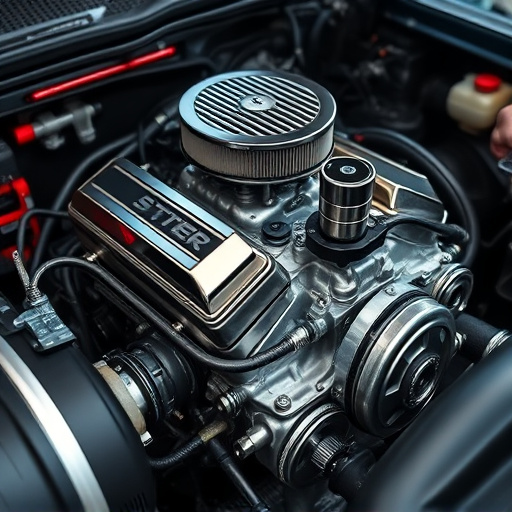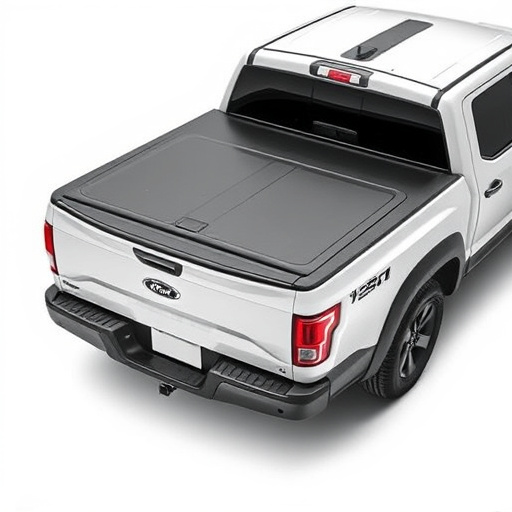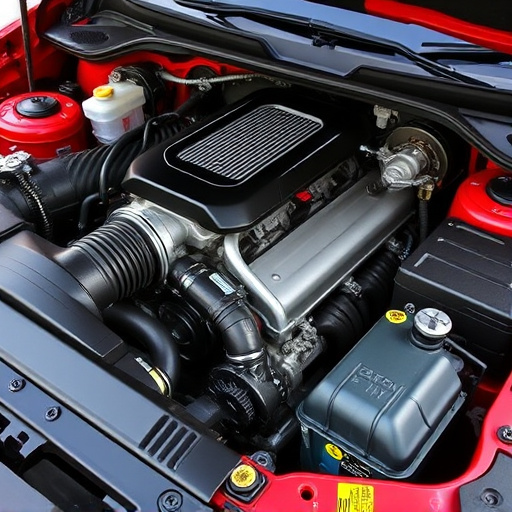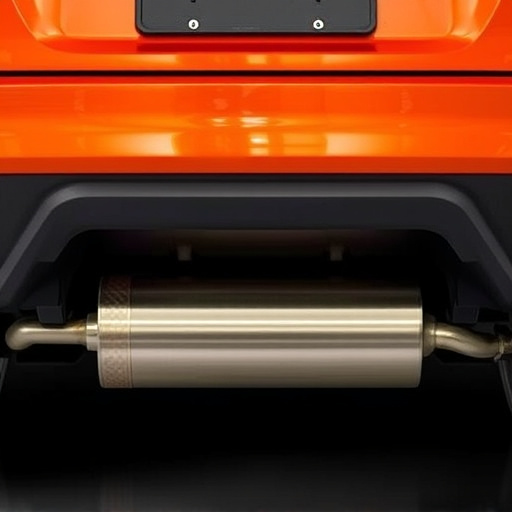Anti roll bars (ARBs) are vital for both street and racing vehicles, minimizing body lean during cornering through torsional springs or hydraulic actuators. Strategically designed with steel/aluminum tubes connected to suspension components, ARBs enhance stability and handling by quickly reacting to terrain changes. In street vehicles, they offer smoother rides and improved cornering; in race cars, they ensure high-speed stability and precision turning. Upgrades like cold air intakes and upgraded brake pads further boost ARB effectiveness.
Anti-roll bars (ARBs) are essential components in both street and race vehicles, offering enhanced stability and control. This article delves into the world of ARBs, starting with their basic function and design, highlighting how they prevent body roll during cornering. For street drivers, ARBs improve safety and handling, while racers benefit from enhanced performance and control. Understanding these aspects showcases the versatility and importance of anti-roll bars across diverse driving applications.
- Understanding Anti Roll Bar Basics: Function and Design
- Street Use Cases: Improving Safety and Handling
- Racing Applications: Enhancing Performance and Control
Understanding Anti Roll Bar Basics: Function and Design
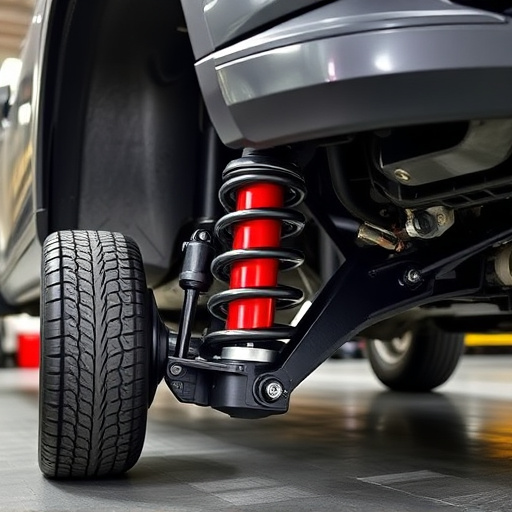
The anti roll bar (ARB), a staple in both street and racing vehicles, is a suspension component designed to minimize body lean during cornering. Its primary function is to reduce the rolling motion of wheels on turn-in, enhancing vehicle stability and handling. ARBs operate by using torsional springs or hydraulic actuators to resist rotational forces, ensuring each wheel maintains proper contact with the road surface.
The design of an anti roll bar involves a steel or aluminum tube that runs along the length of the vehicle’s chassis, connected to suspension components like control arms through links or bushings. This strategic placement allows the ARB to react quickly to changes in terrain and driving conditions. In street vehicles, ARBs contribute to a smoother ride and improved cornering performance, while in race cars, they play a crucial role in achieving high-speed stability and precision turning. Additionally, modifications like cold air intakes or upgraded brake pads can further enhance the effectiveness of an anti roll bar by optimizing overall vehicle dynamics.
Street Use Cases: Improving Safety and Handling

In street driving, anti roll bars (ARBs) play a pivotal role in enhancing safety and handling dynamics. These mechanical devices work by preventing excessive wheel roll during cornering, which can lead to loss of control. By transferring lateral forces from the wheels to the chassis, ARBs ensure better grip and stability, especially at high speeds or on uneven road surfaces. This is particularly beneficial for drivers who face sudden evasive maneuvers due to obstacles or other vehicles.
The integration of anti roll bars with modern suspension systems, such as coilover kits, further improves performance. These kits offer precise control over ride height and damping, allowing drivers to tailor their vehicle’s behavior to various driving conditions. Additionally, efficient exhaust systems, like cat back exhausts, can complement these upgrades by reducing weight and minimizing back pressure, contributing to enhanced overall handling characteristics.
Racing Applications: Enhancing Performance and Control

In racing applications, anti roll bars (ARBs) play a pivotal role in enhancing both performance and control. These mechanical devices are designed to resist unwanted body roll during cornering, allowing drivers to maintain better grip and precision on the track. By controlling the lateral movement of the vehicle’s chassis, ARBs contribute significantly to improved handling dynamics, enabling racers to push harder and achieve faster lap times.
Moreover, integration of high-performance air filter kits and optimized air intake systems in conjunction with anti roll bars can further boost engine efficiency. Efficient airflow, facilitated by these components, ensures optimal fuel combustion, thereby enhancing overall vehicle performance. Additionally, a well-tuned performance exhaust system complements the anti roll bar’s effectiveness by reducing weight and minimizing backpressure, contributing to the vehicle’s agility on the racing circuit.
The anti roll bar, a pivotal component in both street and race vehicles, proves its versatility and significance. Whether enhancing safety and handling on regular roads or maximizing performance and control on racetracks, this dynamic system is an indispensable tool for drivers seeking optimal vehicle dynamics. By understanding the fundamental principles and exploring real-world applications, enthusiasts can unlock the full potential of anti roll bars, ensuring a smoother, more responsive driving experience.

